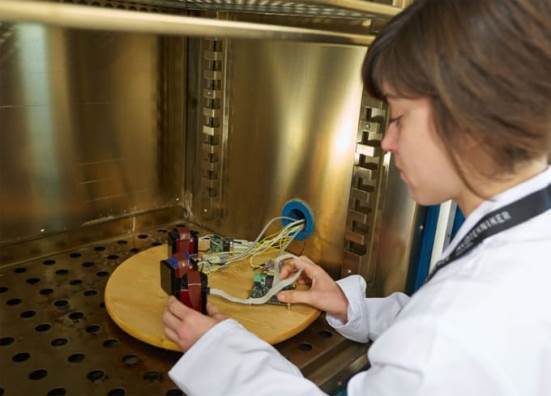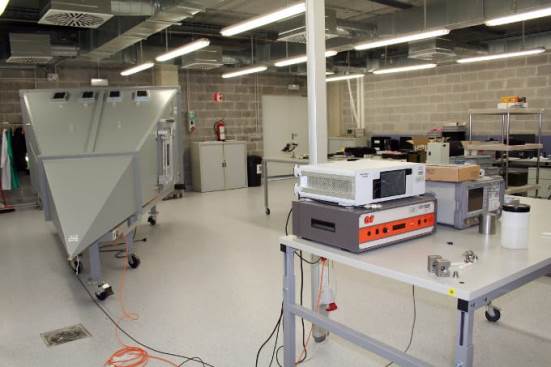Low-consumption electronics, energy harvesting and safety
Energy Harvesting is the process by which small quantities of energy from external sources are gathered and later utilised to achieve rationing to small autonomous wireless devices and/or for their storage.
As regards critical systems of safety, these are systems in which a fault can cause death or harm to persons, damage to the surroundings or to the equipment itself. This type of system is found, for example, in the field of health, in the rail and automobile sectors, and in avionics.
Low Consumption and Energy Harvesting
The administration of energy is becoming an increasingly relevant problem in almost all categories of electronic design, to such an extent that power density is measured in milliwatts or microwatts per square centimetre.
At TEKNIKER, their specialised knowledge and expertise in low-consumption and low-energy electronics is applied to sensor networks powered by the energy harvesting system known as Energy Harvesting Wireless Sensor Networks (EHWSN).
The typical architecture of EHWSNs is made up of two blocks. One of the blocks has WSN hardware elements and control/ processing features for the system (typically made up of sensor, MCU and Radio). The other block has hardware elements for the harvesting, processing and storage of energy (typically made up of: the harvester, the energy manager, the supercondenser and/or battery).
Current research into EHWSN is based on three areas: the physical-chemical enhancement of the harvesters, the physical-chemical enhancement of the storage devices, and on the improvement in the energy management systems and the strategy employed by these. The IK4-TEKNIKER is aimed at the optimisation of the energy management systems.
Critical safety systems
A relevant reference for drawing up critical safety systemsare safety standards from which various methods and techniques arise and that should be used at each stage of the life cycle of the system depending on the safety integrity level (SIL) desired.
In this type of system, great importance is attached to the analysis of the dangers, risks and deficiencies of the system in terms of safety, and to the application of the safety requirements necessary to achieve the desired SIL. It is, moreover, necessary to guarantee compliance with the safety requisites necessary at all stages of the life cycle. With the goal of justifying this compliance with safety norms, the project management procedures and documentation play a fundamental role in critical safety systems.
The best known standard for drawing up critical safety systems is the IEC61508 standard. This standard provides an overall view and, based on this, specific standards have arisen, depending on the domain of application (automobile sector, medicine, avionics, rail sector, the nuclear industry, etc.).
TEKNIKER undertakes research into methodologies for the development of scalable systems and in terms of reliability.






